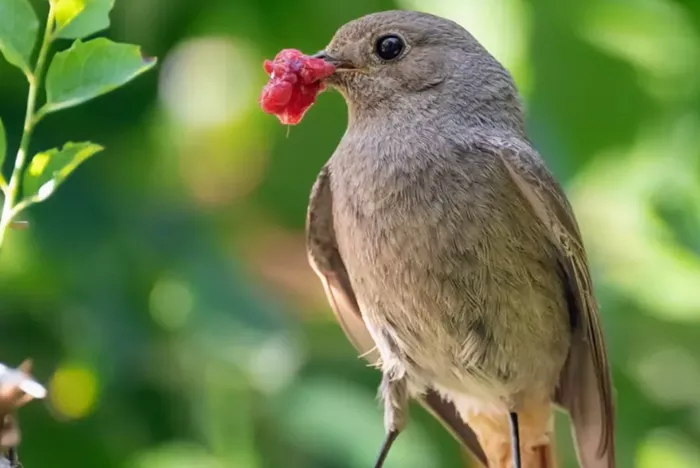Study Warns of Declining Seed Dispersers in Europe.
A new study highlights a troubling trend in Europe: the dwindling population of seed dispersers is threatening nearly one-third of the region’s plant species. Researchers from the University of Coimbra, Aarhus University, and the University of Bristol conducted this study to better understand how the decline of these crucial creatures impacts plant propagation.
Decline of Seed Dispersers
Many plant species rely on animals—such as birds, mammals, reptiles, and insects—to carry their seeds across different landscapes. This process helps plants reduce competition and expand their range. However, the significant decrease in common seed dispersers raises concerns about how this will affect the plants that depend on them.
The findings, published in the journal Science, paint a bleak picture for European plant life. By creating a detailed seed dispersal network across Europe and comparing it with the populations of dispersers, researchers identified major challenges facing plant species.
Plant-Animal Relationships
The research team reviewed extensive literature to identify interactions between plants and their animal dispersers in Europe. They discovered 592 native plant species that have evolved alongside specific seed dispersers. Furthermore, the study identified 398 animals that disperse seeds, many of which serve multiple plant species.
The experts compiled more than 5,000 pairings of plants and their respective dispersers to contextualize their findings.
Threatened Dispersers and Their Impact
The study revealed that about one-third of the identified seed dispersers are threatened or declining. This alarming statistic suggests that a similar proportion of plant species in Europe may also be experiencing declines or even facing extinction.
Researchers emphasize the urgent need to monitor and study changes in European ecosystems, particularly due to the ongoing shortages of seed dispersers. Additionally, exploring the relationships between rare plant species and their dispersers is crucial, not just in Europe but globally.
Wider Ecosystem Effects
The decline of seed dispersers has consequences beyond just the plants. As plants struggle to reproduce, other animals—like herbivores, pollinators, and predators—may face food shortages and habitat loss. This disruption can harm entire ecosystems, leading to a decrease in biodiversity that extends far beyond plants and seed dispersers.
Researchers caution that reduced plant diversity could harm soil quality and decrease resilience against climate change. Plants play a vital role in carbon capture, water regulation, and soil stabilization. A decline in plant life could exacerbate the environmental challenges Europe and the world are already facing.
Recognizing these cascading effects underscores the urgency of conservation efforts to protect both seed dispersers and the plants that rely on them.
Call for Action
In response to these findings, conservationists are urging targeted action. Protecting existing habitats and restoring areas where seed dispersers thrive are crucial steps to halt their decline. Governments and environmental organizations must implement policies to preserve biodiversity and support the recovery of endangered disperser species.
Strategies may include creating wildlife corridors, minimizing habitat fragmentation, and regulating land use to protect critical ecosystems.
Raising public awareness and encouraging community involvement is equally important. Engaging local communities in conservation initiatives and educating them about the role of seed dispersers can foster strong support for biodiversity protection.
Reversing this troubling trend requires cooperation across borders and a renewed commitment to preserving the complex relationships that support Europe’s plant life.
By investing in these conservation efforts, Europe can work toward a future where both its plants and the creatures that sustain them thrive together.
Related topics:
- East Lansing Allocates Five-Year Plan for Invasive Plant Removal
- Aster Flowers Thrive Best with This Vibrant Fall Companion Plant
- Volunteers Plant Over 1,000 Trees to Boost Spokane County Conservation Area’s Ecosystem


